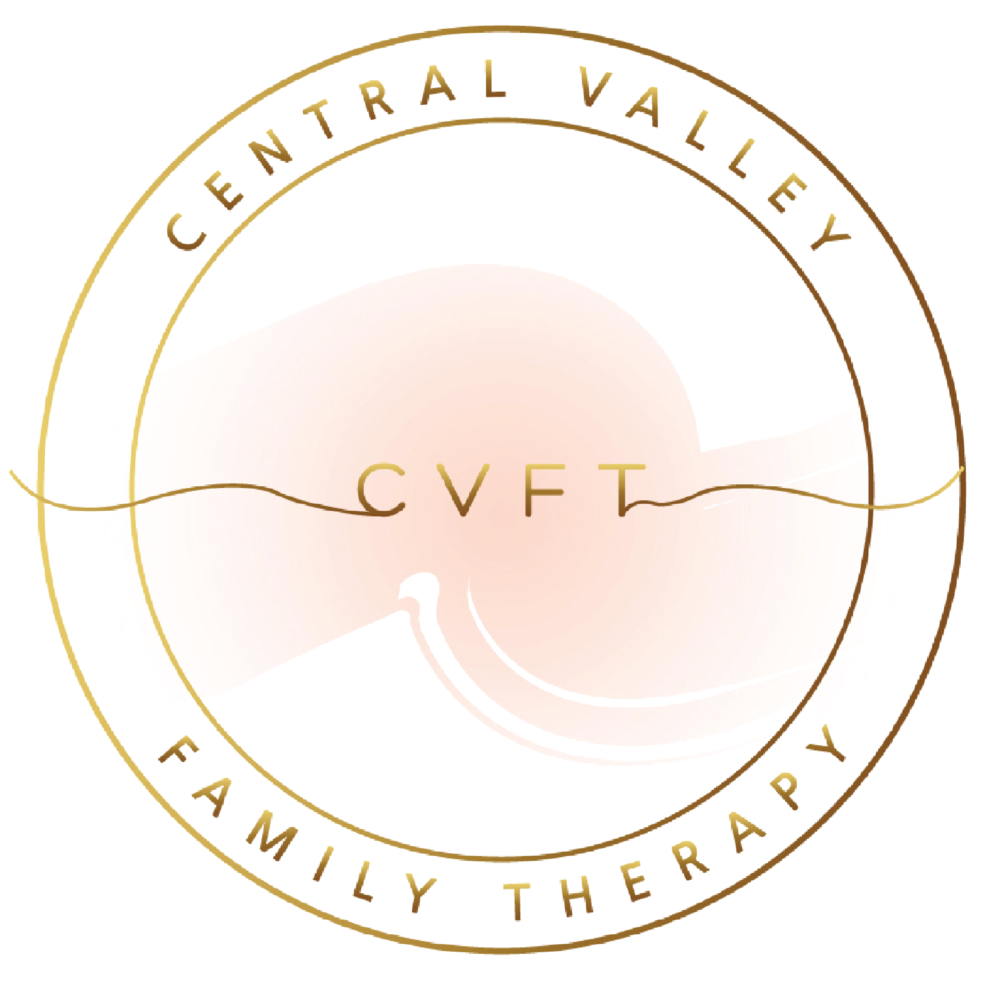Let’s be honest—making decisions can be hard. Whether it’s something big (like changing careers) or small (like choosing what to eat), we’ve all felt stuck, anxious, or afraid of making the “wrong” choice.
But the truth is: most decisions don’t require perfection—just clarity, courage, and a little self-trust.
If you find yourself overthinking, second-guessing, or putting pressure on yourself to “get it right,” this blog is for you.
Why Decisions Feel So Overwhelming
We often get stuck in decision-making for a few key reasons:
-
Fear of Regret: “What if I make the wrong choice and I can’t undo it?”
-
People-Pleasing: “What will others think if I choose this?”
-
Perfectionism: “I have to find the best option, or it’s a failure.”
-
Overthinking: “I need more information… maybe just one more day… or week…”
Sound familiar?
But here’s a helpful reminder: Indecision is a decision too—it just hands your power over to time, circumstance, or someone else.
6 Steps to Make Clear, Aligned Decisions
1. Pause and Breathe
Before jumping into logic or panic, give yourself space. Take a breath. Ground yourself. Rushed decisions often come from stress or fear, not clarity.
Ask: What part of me is panicking? What part of me is calm?
2. Clarify the Real Question
Sometimes we’re making decisions about surface-level things when there’s a deeper issue underneath.
Instead of:
“Should I leave this job?”
Try:
“What do I really want more of in my life—freedom, purpose, safety?”
Get honest about the real decision you’re making.
3. Gather Information—but Set a Limit
Yes, research and reflection are helpful—but too much can lead to analysis paralysis. Decide ahead of time how much input or time you need, then commit to making a call.
Give yourself a soft deadline: “I’ll reflect for two more days, then choose.”
4. Check In With Your Values, Not Just Your Fears
Ask yourself:
-
Does this align with the kind of person I want to be?
-
Will this move me closer to the life I want to build?
-
Am I saying yes out of love—or out of fear?
Choose the path that honors your values, even if it’s scary.
5. Visualize Each Outcome
Imagine living with each option for a week. What emotions come up? What feels expansive or heavy? Your body often knows what your mind is still debating.
Your gut instinct is worth listening to—even if it doesn’t give you all the answers.
6. Let Go of Perfection
No decision comes with a 100% guarantee. But most choices are course-correctable. You’re allowed to change your mind. Growth isn’t linear—it’s iterative.
Make the next best decision with the information you have now. That’s enough.
Bonus: A Simple Decision-Making Tool
Try the “10/10/10 Rule”:
Ask yourself—
How will I feel about this decision:
-
In 10 minutes?
-
In 10 months?
-
In 10 years?
It helps zoom out and put things in perspective.
Final Thoughts
Good decision-making isn’t about finding the perfect path—it’s about trusting yourself to choose, learn, and grow. Every decision is a doorway, not a trap. And the more you practice, the easier it gets.
So the next time you’re spiraling in doubt, remember:
You don’t have to know everything to take a step forward.
You just have to be willing to trust that your future self will figure it out—one choice at a time.


Recent Comments